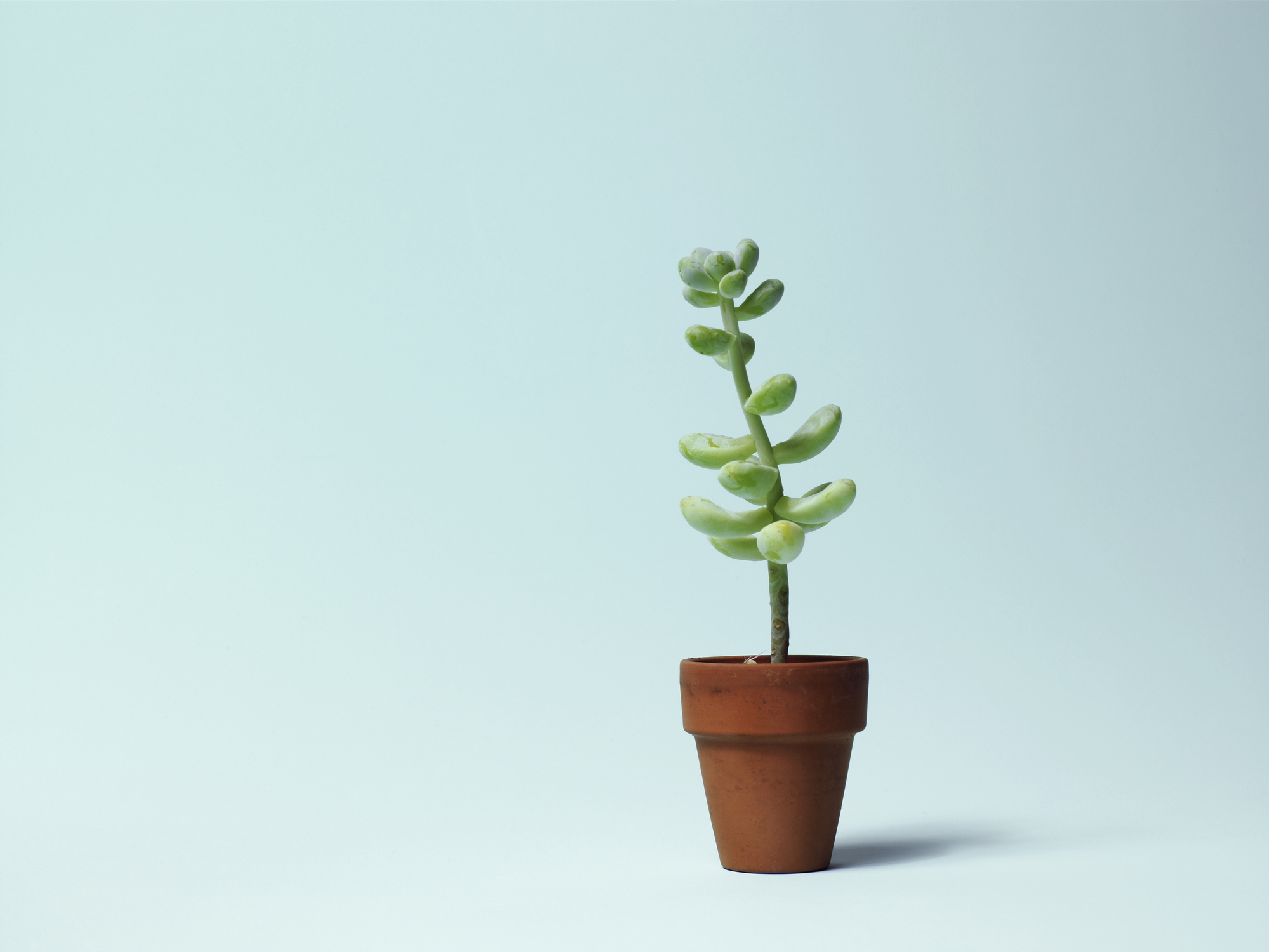Common houseplants such as peace lily and ivy can provide health benefits by improving air quality around the home, finds a new report from the University of Reading and Royal Horticultural Society.
The paper is published in Air Quality, Atmosphere & Health.
It examined whether houseplants could increase indoor air quality through two means – removing CO2 and increasing relative humidity (RH).
The study found that plants such as peace lily (Spathiphyllum) and ivy (Hedera) which were particularly ‘thirsty’ were beneficial in raising relative humidity.
Dr. Tijana Blanusa, one study researcher said:
“We know that people spend the majority of their time—90 percent of it typically – in the home.
Literature suggests that house plants can influence some aspects of indoor air quality but we found detail to be lacking when it came to plant traits which could be associated with air quality improvement.
“Plants with high transpiration rates – that is ‘thirstier’ plants that require more water to grow well—and large canopies, are able to provide good humidity benefits.
In our study of seven popular varieties differing in structure and physiological function, the best performing was peace lily (Spathiphyllum) and ivy (Hedera) but there are likely to be many other species whose characteristics lend themselves to the job and need to be tested still.
“Houseplants may be a simple and affordable way to reduce air dryness indoors and alleviate symptoms of dry skin while providing multiple other benefits – for human psyche and physical health.”
Houseplants also have the potential to remove CO2 from the air, in well-lit and well-watered conditions.
While the paper found that in certain environments (e.g. in the dark) there was a net ‘breathing out’ of CO2, the rates of emission are very low and plants’ contribution to a room-scale CO2 increase is negligible compared to concentrations in human breath.
Dr. Blanusa said: “Most office buildings would benefit from introducing additional planting. We are however seeing a positive trend in refurbished and new buildings having more greenery included.
Our research suggests that to maximize the benefits of plants, additional lighting to improve plants’ activity would offer advantages.”
Source: University of Sydney.
Follow us on Facebook for all the latest news on how you can keep Thriving.
More from Thrive Global:
8 Things You Should Do After 8 P.M. If You Want to Be Happy and Successful
The One Relationship You’re Probably Ignoring
The One Word That Can Hurt Your Reputation at Work
Originally published at knowridge.com


